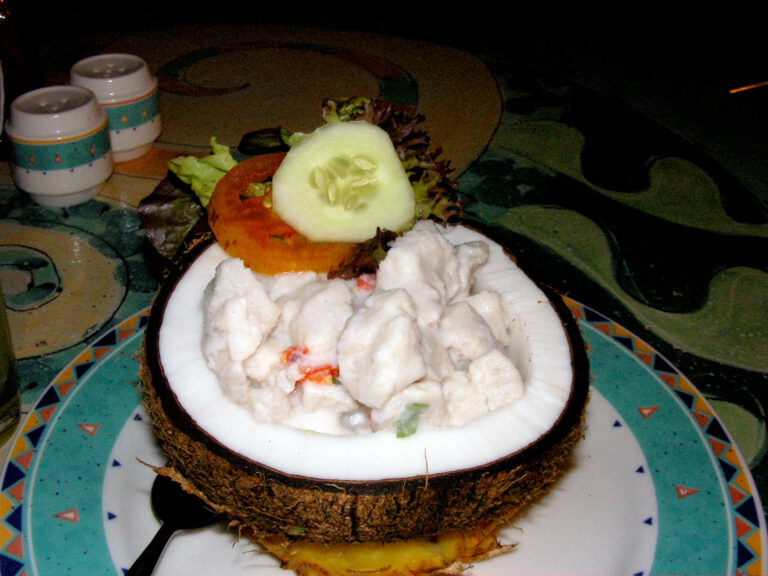Introduction to Fijian Cuisine
Fijian cuisine is a unique blend of traditional Fijian, Indian, and Chinese influences, resulting in a flavorful and diverse culinary landscape. The primary ingredients used in Fijian dishes include seafood, root vegetables like taro and cassava, coconut milk, and tropical fruits. Fijian cuisine is known for its combination of sweet, savory, and spicy flavors, making it a treat for the taste buds.
Spices Used in Fijian Cooking
Spices play an essential role in Fijian cuisine, adding flavor and complexity to the dishes. The use of spices in Fijian cooking can be traced back to the arrival of Indian laborers in Fiji in the 19th century. These laborers brought with them a rich culinary tradition, which was gradually incorporated into Fijian cuisine. Over time, Fijian chefs have developed their unique spice blends, which reflect the country’s diverse cultural influences.
Commonly Used Spices in Fijian Cuisine
The most commonly used spices in Fijian cuisine include turmeric, cumin, coriander, ginger, garlic, and curry powder. These spices are used to season meats, vegetables, and seafood, creating delicious and aromatic dishes. Other spices commonly used in Fijian cooking include cardamom, cinnamon, nutmeg, and cloves, which are used to add warmth and depth to the flavors.
Heat Levels in Fijian Dishes
Fijian cuisine is known for its bold and flavorful dishes, with many of them featuring a spicy kick. However, not all Fijian dishes are spicy, and the level of heat can vary depending on the recipe and the cook’s preference. Some dishes are mild, while others are fiery hot, so it’s important to ask about the heat level before trying a new dish.
The Role of Chilies in Fijian Cuisine
Chilies are a staple ingredient in Fijian cuisine, adding heat and flavor to many dishes. The most commonly used chili pepper in Fijian cooking is the bird’s eye chili, which is small but packs a punch. Chilies are used in many Fijian dishes, from curries to chutneys, and are often served as a condiment on the side.
Non-Spicy Options in Fijian Cuisine
If you don’t enjoy spicy food, don’t worry. Fijian cuisine offers many non-spicy options, such as kokoda, a ceviche-style dish made with raw fish marinated in lime juice and coconut cream. Other mild dishes include lovo, a traditional Fijian feast cooked in an underground oven, and rourou, a creamy spinach dish.
Regional Variations in Fijian Spiciness
Like many cuisines, Fijian cuisine has regional variations in spiciness. In the western regions of Fiji, the dishes tend to be milder, while those in the eastern regions are spicier. This difference is due to the availability of certain ingredients and the cultural influences in each region.
Conclusion: Fijian Cuisine and Spice Levels
In conclusion, Fijian cuisine is a delightful blend of sweet, savory, and spicy flavors, with a range of heat levels that cater to different tastes. Spices play a prominent role in Fijian cooking, with chilies being a staple ingredient. However, there are also many non-spicy options available for those who prefer milder flavors. Whether you’re a spice lover or a mild-food enthusiast, Fijian cuisine has something to offer everyone.

